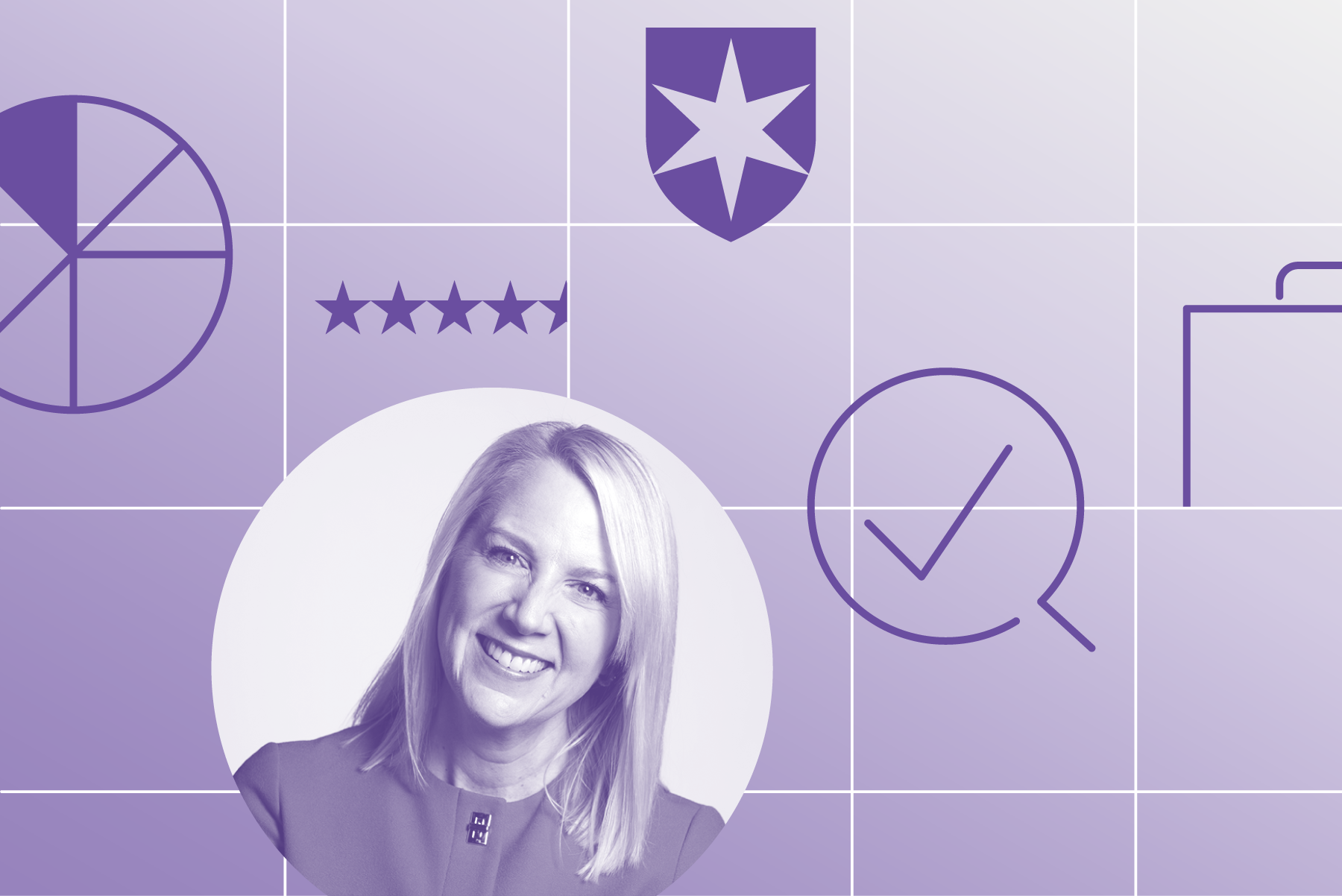Tax-Deferred ESG Retirement-Bucket Portfolios for ETF Investors
These in-retirement portfolios invest in ESG-friendly ETFs that should provide marketlike exposures.

Mirroring a trend in the broader mutual fund universe, passive funds managed in accordance with environmental, social, and governance factors are growing in number. As a result, it is now fairly simple to create a well-diversified portfolio consisting of securities with good ESG attributes at a very low cost.
The portfolios featured below are geared toward retirees’ tax-deferred accounts that they are actively drawing upon to provide them with cash flows.
About the Portfolios
These model portfolios are geared toward retired investors who are drawing upon their tax-deferred accounts to meet a portion of their living expenses. Bucket 1 of each portfolio is to provide money for cash needs for a year or two, so we’re not taking any risks with it; investors can use some combination of certificates of deposit, high-yield savings accounts, or money market mutual funds for this portion of the portfolio. (Cash investors who would like to make sure their holdings align with ESG principles might consider BlackRock Liquid Environmentally Aware Fund, a money market fund.) Bucket 2 covers another eight years’ worth of cash flow needs. It’s designed to deliver slightly more income than Bucket 1, as well as a dash of inflation protection and capital appreciation; thus, it consists mainly of high-quality short- and intermediate-term bonds. Bucket 3 is the growth engine of each of the portfolios, geared toward years 11 and beyond of retirement.
The portfolios consist exclusively of funds that have Morningstar Medalist Ratings of Gold, Silver, or Bronze, meaning our analysts think they’re likely to outperform their peers over a full market cycle. I’ll make changes to the holdings only if their fundamentals change or they are no longer highly rated. My ESG exchange-traded fund portfolios are designed to limit tracking error relative to broad market indexes. As such, they’re less “ESG-forward” than their mutual fund counterparts.
Because there aren’t yet ESG-focused ETFs for every nook and cranny of the bond market, I had to finesse the fixed-income exposures in Bucket 2. I used iShares ESG U.S. Aggregate Bond ETF EAGG to provide core exposure; it should deliver performance that closely resembles its “parent” index, in this case, the Bloomberg U.S. Aggregate Bond Index, with an emphasis on ESG characteristics. Beyond that core exposure, though, ESG bond options are sparse. For short-term exposure, I relied on iShares ESG 1-5 Year USD Corporate Bond ETF SUSB. However, an investor who isn’t comfortable with the credit risk inherent in a corporate-bond-heavy fund like that one could reasonably use a short-term US government-bond fund such as iShares Short Treasury Bond ETF SHV or Vanguard Short-Term Treasury ETF VGSH. After all, US government bonds figure prominently in most core ESG bond funds, so an ESG investor could reasonably focus her fixed-income exposure, or a portion of it, on such bonds. Using that same logic, I used iShares TIPS Bond ETF TIP to provide inflation protection. (Treasury Inflation-Protected Securities are not a component of the Bloomberg Aggregate Indexes.)
How to Use Them
Note that the goal of these portfolios isn’t to generate the best returns of any retirement portfolio on record but rather to help retirees and preretirees visualize what a long-term, strategic total-return portfolio would look like. Thus, a newly retired investor could follow the basic Bucket concept without completely upending existing favorite holdings.
Investors should take care to customize their portfolios to suit their own situations—risk tolerance and capacity, of course, but also planned spending. Investors’ cash buckets, and in turn the allocations to their other two buckets, will depend on their portfolio spending rate. If an investor is using a lower starting withdrawal rate—say, 3% in the first years of retirement—Bucket 1 would accordingly be smaller (6% versus 8% in my Aggressive portfolio).
Bucket Portfolio Allocations

Aggressive Tax-Deferred ESG Retirement-Bucket Portfolio for ETF Investors
Anticipated Time Horizon in Retirement: 25-plus years
Risk Tolerance/Capacity: High
Target Stock/Bond/Cash Mix: 60%/32%/8%
Bucket 1
- 8%: Cash
Bucket 2
- 8%: iShares ESG 1-5 Year USD Corporate Bond ETF SUSB
- 8%: iShares TIPS Bond ETF TIP
- 16%: iShares ESG U.S. Aggregate Bond ETF EAGG
Bucket 3
- 35%: iShares ESG Aware MSCI USA ETF ESGU
- 5%: iShares ESG Aware MSCI USA Small-Cap ETF ESML
- 15%: iShares ESG Aware MSCI EAFE ETF ESGD
- 5%: iShares ESG Aware MSCI Emerging Markets ETF ESGE
Moderate Tax-Deferred ESG Retirement-Bucket Portfolio for ETF Investors
Anticipated time horizon in retirement: 15-25 years
Risk Tolerance/Capacity: Moderate
Target Stock/Bond/Cash Mix: 50%/40%/10%
Bucket 1
- 10%: Cash
Bucket 2
- 10%: iShares ESG 1-5 Year USD Corporate Bond ETF
- 10%: iShares TIPS Bond ETF
- 20%: iShares ESG U.S. Aggregate Bond ETF
Bucket 3
- 30%: iShares ESG Aware MSCI USA
- 5%: iShares ESG Aware MSCI USA Small-Cap ETF
- 12%: iShares ESG Aware MSCI EAFE ETF
- 3%: iShares ESG Aware MSCI Emerging Markets ETF
Conservative Tax-Deferred ESG Retirement-Bucket Portfolio for ETF Investors
Anticipated time horizon in retirement: Fewer than 15 years
Risk Tolerance/Capacity: Low
Target stock/bond/cash mix: 40%/48%/12%
Bucket 1
- 12%: Cash
Bucket 2
- 13%: iShares ESG 1-5 Year USD Corporate Bond ETF
- 13%: iShares TIPS Bond ETF
- 22%: iShares ESG U.S. Aggregate Bond ETF
Bucket 3
- 23%: iShares ESG Aware MSCI USA
- 5%: iShares ESG Aware MSCI USA Small-Cap ETF
- 10%: iShares ESG Aware MSCI EAFE ETF
- 2%: iShares ESG Aware MSCI Emerging Markets ETF
A version of this article was published on March 9, 2023.
The author or authors do not own shares in any securities mentioned in this article. Find out about Morningstar’s editorial policies.

/s3.amazonaws.com/arc-authors/morningstar/66112c3a-1edc-4f2a-ad8e-317f22d64dd3.jpg)
/cloudfront-us-east-1.images.arcpublishing.com/morningstar/HCVXKY35QNVZ4AHAWI2N4JWONA.png)
/cloudfront-us-east-1.images.arcpublishing.com/morningstar/NSVUOQPZGJF7LCEGN76XGJKQII.png)
/cloudfront-us-east-1.images.arcpublishing.com/morningstar/Q7IH7AVNNZEQ3ALFR77S3T5V7I.png)
:quality(80)/s3.amazonaws.com/arc-authors/morningstar/66112c3a-1edc-4f2a-ad8e-317f22d64dd3.jpg)